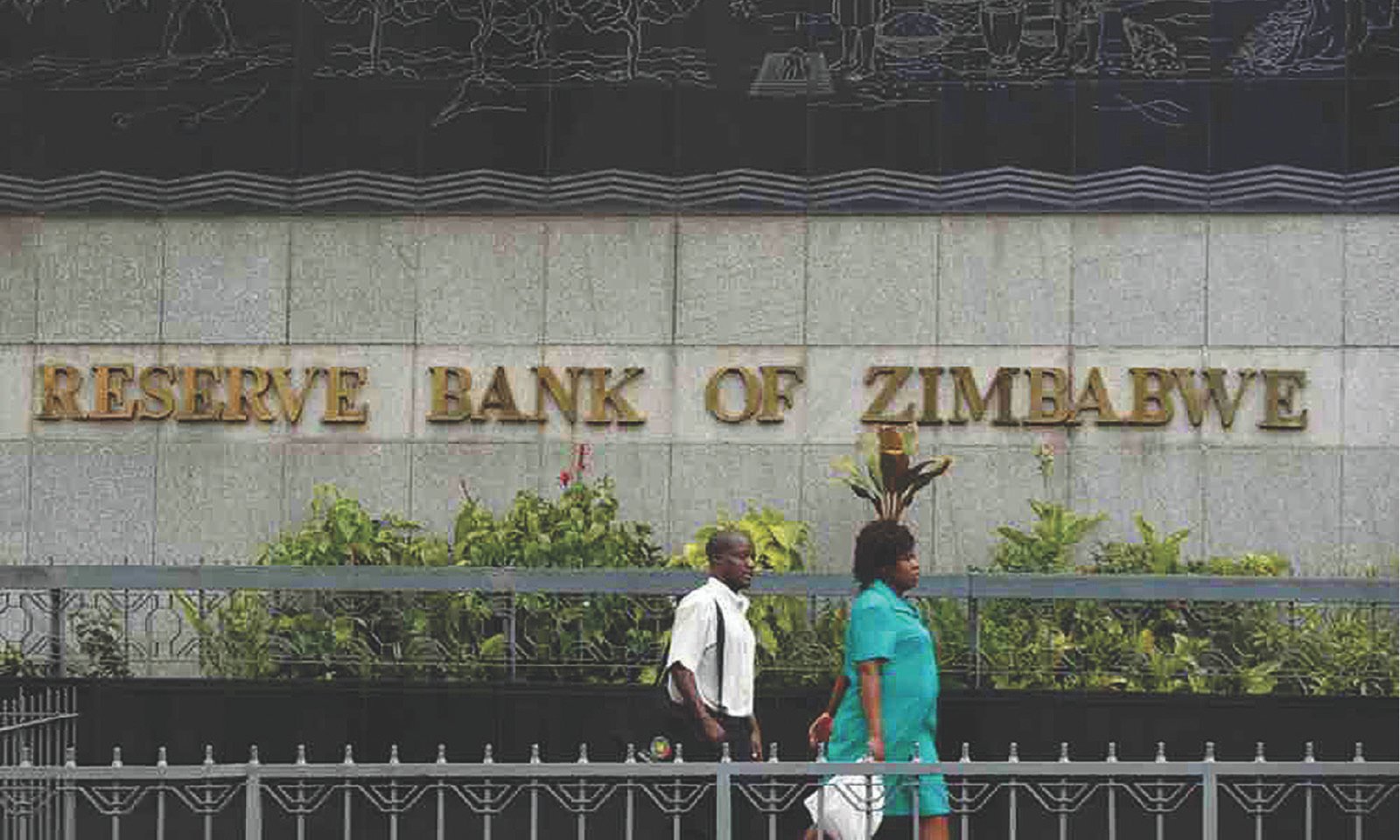Nqobile BhebheZimpapers Business HubMOST Zimbabwean banking institutions have surpassed the minimum regulatory capital requirements, highlighting the safety, resilience and stability of the country’s financial system, the latest capital adequacy data from the Reserve Bank of Zimbabwe (RBZ) shows.Out of the 19 operational banking institutions, 17 reported core capital levels above the minimum regulatory thresholds, pointing to a sound and well-capitalised banking sector.According to the 2025 Mid-Term Monetary Policy Review Statement presented by RBZ Governor, Dr John Mushayavanhu on Thursday, top-tier banks such as CBZ Bank, Stanbic Bank Zimbabwe, Ecobank Zimbabwe, and CABS are in a strong financial position, maintaining significant buffers above the RBZ’s capital requirements.Leading the sector, CBZ Bank posted a core capital of ZiG5,74 billion (US$213 million), more than seven times the minimum requirement of US$30 million.Stanbic Bank followed with US$154,6 million, while Ecobank Zimbabwe and CABS reported US$124,9 million and US$118,7 million, respectively.Under current RBZ regulations, commercial banks are required to hold a minimum of US$30 million in core capital, while building societies and other deposit-taking institutions must maintain US$20 million as minimum capital.Out of the 18 institutions assessed, 13 comfortably surpassed the US$30 million benchmark, underlining widespread regulatory compliance and robust financial health.While a few banks, including ZB Building Society (US$5,1 million), FBC Building Society (US$25,5 million), and National Building Society (US$40,2 million) operated close to or slightly below the thresholds, the sector as a whole remains strongly capitalised.“Time Bank, registered as a commercial bank and with reported core capital equivalent to US$3,8 million as at June 30, 2025, was authorised to re-commence limited commercial banking activities (without taking deposits) in August 2022.“The banking institution is not authorised to take deposits.“ZB Building Society resolved to surrender its operating licence and processes are currently underway to address outstanding administrative and regulatory issues,” Dr Mushayavanhu said in the policy review statement.Economist Mr Donald Rudza said the data reflected growing investor and depositor confidence.“Zimbabwe’s banking sector has shown remarkable resilience. Strong capital positions like those of CBZ and Stanbic provide reassurance to depositors, investors and the regulator that our financial system remains sound even under challenging macroeconomic conditions,” he said.Robust capitalisation enables banks to take on more credit risk, support increased lending to productive sectors, and better absorb macroeconomic shocks.The RBZ has consistently emphasised the importance of strong capital buffers as a cornerstone of financial stability, helping to preserve depositor confidence and promote economic resilience.The solid capital base has enabled banks to scale up lending.As at June 30, 2025, aggregate sector loans and advances stood at ZiG67,5 billion, up from ZiG55,9 billion as at December 31, 2024, reflecting increased credit activity and confidence in the economy.Notably, foreign currency-denominated loans accounted for 88,4 percent of total loans, a reflection of the growing use of hard currency in financial intermediation.The RBZ said Zimbabwe’s productive sectors continue to benefit significantly from banking sector credit, accounting for 72 percent of all loans.Agriculture, manufacturing and distribution received 16,8 percent, 12,2 percent and 10,9 percent of loans, respectively.In line with improved credit quality, the sector recorded a decline in the non-performing loans (NPL) ratio to 2,9 percent as at June 330, 2025, down from 3,4 percent in December 2024.“The quality of the banking sector’s loan portfolio remains satisfactory and the NPL ratio is within the internationally acceptable benchmark of 5 percent,” said the RBZ.Banking sector deposits also grew significantly, with total deposits increasing to ZiG112,8 billion as at June 30, 2025, from ZiG89,1 billion in December 2024.Foreign currency deposits made up 84,7 percent of total deposits, reinforcing the dollarisation trend and confidence in the system.The sector maintained a strong liquidity position, with the average prudential liquidity ratio at 56,8 percent, well above the regulatory minimum of 30 percent.Although aggregate sector profit declined to ZiG5 billion (US$184,07 million) for the half-year ending June 30, 2025 compared to ZiG10,4 billion (US$760,37 million) in the same period in 2024, analysts attribute the drop to tighter monetary conditions following recent reforms.The banking sector continues to benefit from ongoing monetary reforms, notably the introduction of the Zimbabwe Gold (ZiG) currency, which authorities say is anchoring inflation and helping stabilise financial markets.Analysts expect further strengthening in the sector as banks reinvest earnings, diversify portfolios and adjust to the evolving macroeconomic landscape.“Overall, the available data paints a picture of a resilient and well-capitalised banking sector that is actively supporting Zimbabwe’s economic recovery and growth.“The significant loan advances to productive sectors and firm capital positions are strong indicators of growing confidence in the financial system,” added Mr Rudza.Share on FacebookPost on XFollow usSave Originally published on Zimbabwe Herald All Zim News is a central hub for all things Zimbabwean, curating news from across the country so no story is missed. Alongside aggregation, our team of nationwide reporters provides real-time, on-the-ground coverage. Stay informed and connected — reach us at admin@allzimnews.com . Source: Herald_Com
